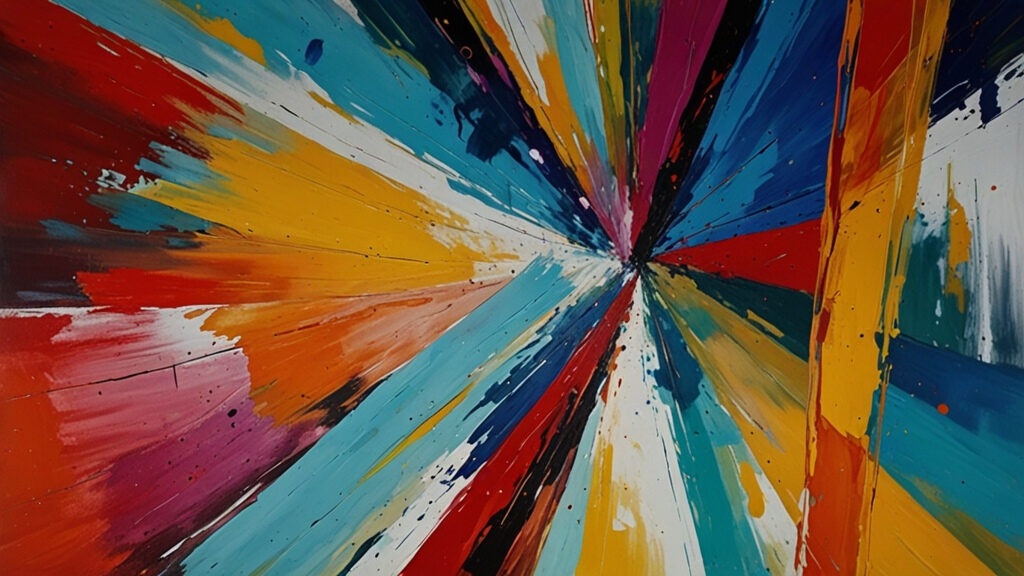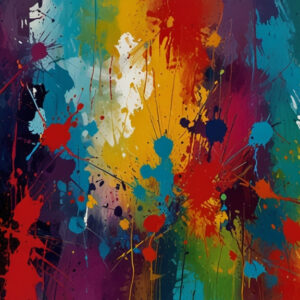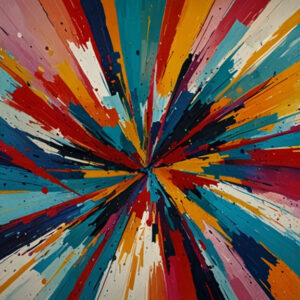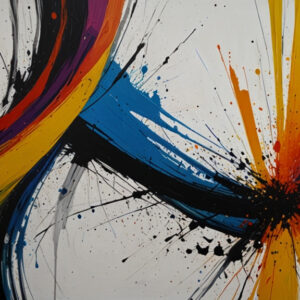Description
Before delving into the process of 3D modeling a sitar, it’s essential to understand the instrument itself. The sitar has been a symbol of Indian classical music for centuries, with its roots tracing back to ancient times. Traditionally made from materials such as teak wood, pumpkin gourd, and strings of brass or steel, the sitar stands out for its long neck and pear-shaped resonating body. It typically has between 18 to 21 strings, including sympathetic strings that resonate to create the sitar’s distinctive sound.
In the context of 3D modeling, capturing the sitar’s unique elements is a challenging task that demands a high level of attention to detail. The curvature of the instrument’s body, the intricate carvings on its headstock, and the various components like frets and tuning pegs require precise modeling to accurately represent the physical counterpart.
Why Choose a Custom 3D Sitar Model?
Opting for a custom 3D model provides several benefits over using pre-existing or generic models. With a custom design, the model can reflect personal preferences, stylistic elements, and specific requirements of the project. For example, one could request variations in design to suit different aesthetics, such as modern interpretations or traditional authenticity.
This service caters to those looking for an exceptional degree of personalization, ensuring that every element of the sitar is modeled with meticulous care. From the curvature of the body to the placement of frets and strings, each detail is crafted to match the client’s vision. Additionally, a custom model ensures uniqueness in digital projects, making the sitar stand out in virtual or visual spaces.
Key Elements of the 3D Sitar Model
To create an accurate and visually compelling 3D sitar model, several components must be considered. Each part of the sitar contributes to its overall aesthetics and functionality, and these details are captured in the 3D art process.
The Body of the Sitar
The sitar’s body is the most prominent feature and serves as the primary resonating chamber. Typically crafted from a large, hollowed pumpkin gourd in traditional instruments, the body is an essential element that provides both visual and acoustic balance. In a 3D model, the body’s shape must be captured with precision, considering both its smooth curvature and the textural details that may exist on the surface. This includes any decorative patterns, engravings, or inlays that are present on the real instrument.
The Neck and Frets
The sitar’s long neck is another key feature, usually adorned with fixed frets that allow for the distinctive sliding notes the instrument is known for. This part of the 3D model must consider both the length and slight curvature of the neck, as well as the placement of the frets. The frets themselves are often slightly arched to allow for the string movement, and these nuances must be represented in the model for accuracy.
Headstock and Tuning Pegs
The headstock, often the most intricately carved part of the sitar, holds the tuning pegs and serves as a decorative element. In a 3D model, it’s crucial to capture the fine details of the carvings or decorations that are unique to each sitar. The tuning pegs, often crafted from bone or wood, are modeled to reflect their real-life counterparts in terms of both form and function.
Strings and Sympathetic Strings
The strings are perhaps the most critical component when it comes to the sitar’s sound. Although the service is focused on visual art rather than functional sound modeling, representing the strings accurately adds a level of realism to the 3D model. Typically, there are between 6 to 7 main strings, with an additional set of sympathetic strings underneath, which resonate when the main strings are plucked. These must be modeled with careful attention to their arrangement and placement along the neck.
The Process of Creating a Custom 3D Model
The journey from concept to a fully realized 3D sitar model involves several stages, each requiring specialized skills and tools. The process is designed to ensure that the final product not only meets but exceeds the expectations of the client.
Consultation and Conceptualization
The first step in creating a custom 3D model is a detailed consultation with the client. This is where the vision for the sitar is discussed, and any specific design preferences or functional requirements are addressed. The client may choose to base the model on an existing sitar, or they may wish to explore more experimental designs. During this phase, the aesthetic, size, and level of detail required for the model are defined, and a clear concept begins to take shape.
3D Sculpting and Modeling
Once the conceptual design is approved, the actual modeling process begins. Using advanced 3D software, the modeler sculpts the sitar’s shape, starting with basic forms and gradually refining them into more complex details. This step often involves multiple iterations, as the artist tweaks proportions, adds detail, and ensures that the model remains true to the client’s vision. Tools such as ZBrush, Blender, or Autodesk Maya are commonly used for this phase, allowing for high levels of precision and realism.
Texturing and Detailing
With the basic model completed, the next step is adding texture and details to the 3D sitar. This involves applying realistic textures to the surface of the model, simulating materials like wood, metal, or even decorative inlays. The texturing process ensures that the final model looks as close to the real-life instrument as possible, with all the intricate details that make the sitar so visually compelling.
The model may also include decorative elements, such as engravings on the body or headstock, that require fine detail work. Each of these elements is meticulously crafted to reflect the client’s vision for the sitar, whether that involves traditional floral motifs or more abstract, modern designs.
Review and Feedback
Once the initial model is complete, the client is given an opportunity to review the design. This stage is crucial for ensuring that the final product meets all expectations. If necessary, adjustments can be made to the model based on the client’s feedback. Whether it’s tweaking the curvature of the body, adjusting the placement of the frets, or modifying the texture, this step allows for the model to be refined until it is perfect.
Applications of a Custom 3D Sitar Model
While this service focuses on the creation of the 3D model itself, the potential applications of such a model are numerous. A custom 3D sitar model can be used across a variety of industries and creative projects, offering a versatile and valuable digital asset.
Virtual Reality and Augmented Reality
One of the most exciting applications for custom 3D models is in the realm of virtual reality (VR) and augmented reality (AR). In these immersive digital environments, having a highly detailed and realistic model of a sitar can add a layer of authenticity and interaction. For musicians, educators, or cultural exhibitions, a 3D sitar model can be used in VR to simulate real-life playing experiences or to showcase the instrument in interactive settings.
Product Design and Prototyping
For those involved in the production of musical instruments or similar products, a custom 3D model can be a valuable tool for prototyping and design. The 3D model allows for a visual representation of the instrument before committing to physical production, helping designers make informed decisions about the shape, size, and aesthetic features of the sitar. This can streamline the design process and reduce costs by eliminating the need for multiple physical prototypes.
Animation and Digital Media
Although this service does not include animation, a custom 3D sitar model can still be an asset in animation and other digital media projects. Artists and animators can use the model in visual presentations, cinematic sequences, or even video games, where the sitar serves as a cultural symbol or artistic prop. The versatility of a well-designed 3D model allows it to be adapted for a variety of digital environments, ensuring it adds value across different media.
Conclusion: The Benefits of Custom 3D Sitar Modeling
Choosing to commission a custom 3D model of a sitar brings with it numerous advantages, from the personalization of the design to the flexibility of its applications. Whether for use in virtual environments, design projects, or artistic endeavors, a custom 3D sitar model offers unparalleled detail, accuracy, and creativity. By focusing on precision and personalization, this service ensures that the final product is a true reflection of the client’s vision, capturing both the beauty and complexity of this iconic instrument.





Reviews
There are no reviews yet.